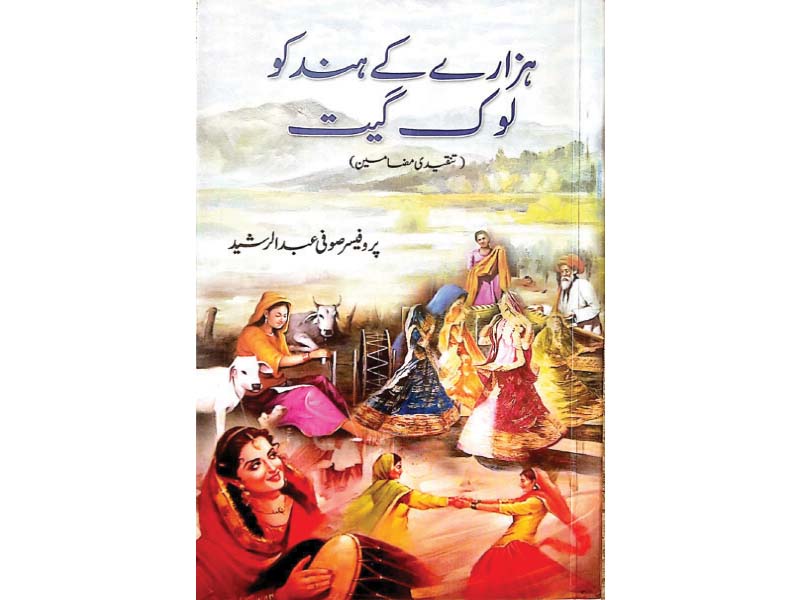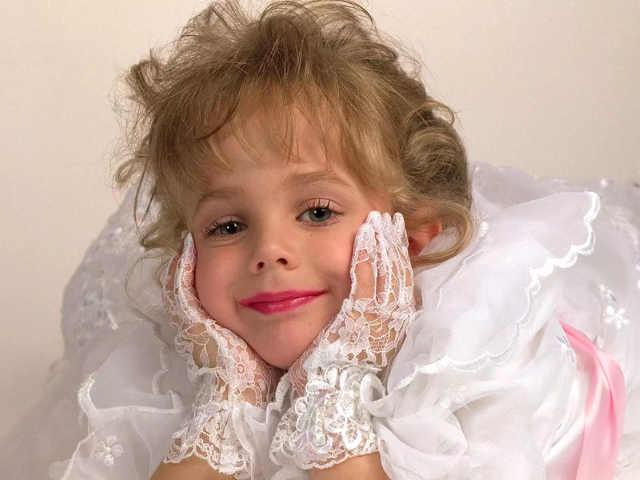
Written by educationist, writer and poet, Professor Sufi Abdul Rasheed, the book has been published by Pakistan Hindko Board and launched in Haripur.
Speaking to The Express Tribune, Dr Abdul Wajid, who works at the languages department at Allama Iqbal Open University and compiled the book, said the book was inspired by Rasheed’s quest for knowledge and literature.
“He was motivated to study philosophy, Arabic, Persian, Urdu, English and local languages,” he said. “This has been reflected in his poetry and prose.”
Sound of music
The 90-page book is divided into two articles. It comprises songs which Rasheed has been composed and explores their social and cultural importance.
Rasheed has written about a famous Hindko mahiya (song), Joray kanwan de-German hosh kareen bachay aey ne manwan de (a pair of crows- Germans beware sons of brave mothers are coming to fight).
According to the author, the song explores the courage and determination shown by men from Hazara who were part of the British forces against Nazis during the Second World War.
He has written the song denounces the practice of hiring young people for this purpose.
He has referred to famous mahiyas, saying young people from Hazara were exploited by feudal lords and the beneficiaries of the British Raj. They took advantage of their financial woes by sending hundreds of young men overseas to join the British forces without accounting for the sentiments of their mothers, sisters and wives.
Wedding spirit
Rasheed work contributes to the revival of the custom of singing folk songs at wedding events.
The ritual Rasheed has spoken about karholi in which the female relatives of the groom fill a decorated pitcher for the groom’s bath before he wears his wedding clothes.
Rasheed has also mentioned the folk song widely sung during weddings. He has elaborated on the background of the song, writing that by singing the song the mother and sisters of the groom do not mean that the groom marries many times, but it reflects their happiness.
Fading away
Rasheed has also put a spotlight on the traditional game of Kolra Chapatt Bibi.
In the countryside, five to 15 girls and boys sit in a circle and one of them briskly walk around the circle with a cloth lash. While the person walks, the participants loudly say kolra chapatt bibi jumayrat ai eh kay nehn, kisi nanday kuri de shamat ai eh kay nehn. The origin of the song is unknown but it refers to a women asking whether Thursday has come or not as it would bring misfortune on a boy or a girl sitting here.
The participants sitting in the circle then reply with a resounding yes. During the game, the lash is kept behind one person who then has to run behind the one who has kept it. Such games, according to the author, have now become a thing of the past. As a result, the author has stressed on keeping them alive.
In the end, he has eulogised the efforts of Hindko poets, writers and those who have contributed for the promotion of Hindko literature and stressed on the need for more work on the language.
Published in The Express Tribune, March 6th, 2016.

1732530816-0/BeFunky-collage-(88)1732530816-0-165x106.webp)
1720848500-0/Eminem-and-his-daugher-Hallie-(1)1720848500-0-165x106.webp)








COMMENTS
Comments are moderated and generally will be posted if they are on-topic and not abusive.
For more information, please see our Comments FAQ